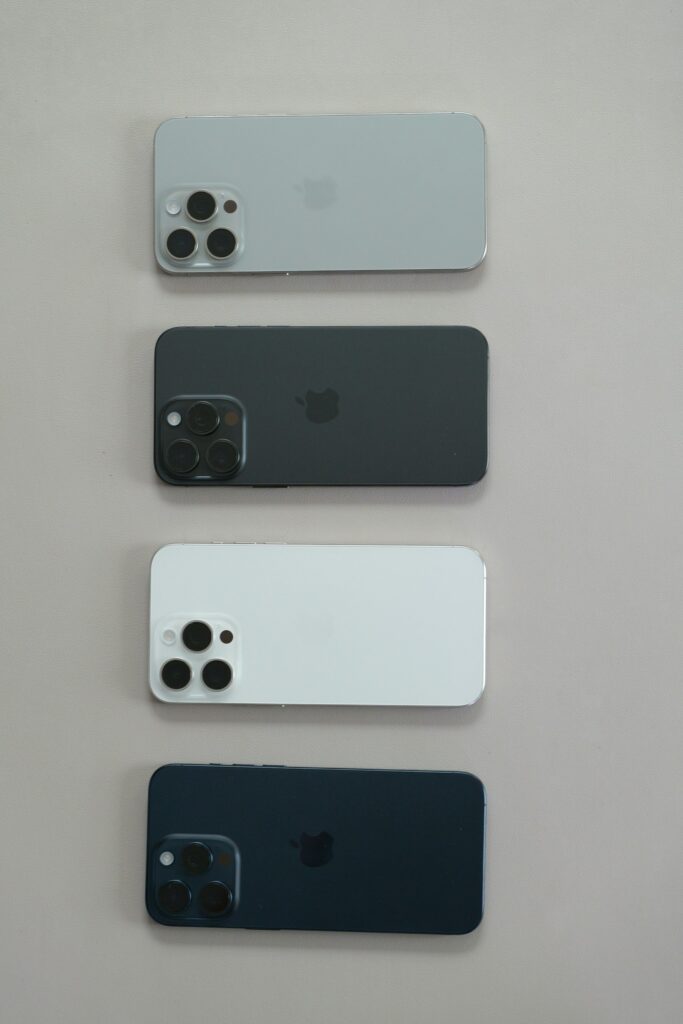The Situation of Smartphones in the Year 2025: What’s New and What’s Coming Next?

The Situation of Smartphones in the Year 2025: What’s New and What’s Coming Next?
In the year 2025, smartphones are no longer only pocket-sized communication devices; rather, they have evolved into powerful centers for business, health, creativity, and entertainment. In this year’s smartphone trends, a daring vision of the future is revealed, as businesses are pushing the frontiers of artificial intelligence (AI), display technology, battery life, and other areas.
If you are curious in the differences between a smartphone from 2025 and the one you used two years ago, this article will walk you through the most significant advancements, as well as how these advancements may alter the way you use your phone on a daily basis.
This time around, artificial intelligence is now your personal assistant.
The concept of voice commands is no longer the only aspect of artificial intelligence. In the year 2025, cellphones already have the ability to learn your routines and anticipate your requirements.
They plan out your day based on your previous actions and tendencies.
Additionally, they compose emails and responses in your voice.
They will even automatically alter your photographs and videos depending on elements such as lighting, context, and the preferences you have on social platforms.
AI processors are already built into many smartphones, which means that your data will remain private while your assistant continues to improve its intelligence.
Foldables are becoming more popular (and becoming better).
In the past, it was a gimmick, but now it has been refined and really useful. In 2025, foldable phones will be more lightweight, more durable, and less cumbersome. These devices are currently preferred by a large number of users because of their capacity to transform into compact tablets, which are ideal for multitasking, viewing films, or editing information while on the go.
Additionally, manufacturers have produced “rollables,” which are devices in which the screen stretches horizontally when a swipe is performed. Because of this, it is possible to switch between phone, tablet, and even mini-laptop forms without any interruptions.
Connectivity via Satellite Is Now Available
It used to be a significant challenge to lose network connectivity, regardless of whether you were out on a hike in the mountains or stranded in the midst of a natural catastrophe. Not any longer. Satellite connection is increasingly included in high-end cellphones, allowing users to make and receive calls and messages remotely. This is not only a luxury; rather, it is a potentially life-saving technology that is starting to emerge in devices that are priced in the middle of the spectrum.
Materials That Are Friendly to the Environment Are Currently Trending
The environmental consciousness of consumers is at an all-time high, and companies are taking notice. A number of cellphones in 2025 are:
- manufactured from recycled metal or plastic from the ocean.
- bundled without the use of plastic.
- It is possible to change the camera or the battery without having to replace the complete phone if the phone is designed with modular components.
- It is no longer a passing fad; rather, sustainability is rapidly becoming an expectation.
The battery life has at long last caught up.
As a result of advancements in battery technology in 2025, the majority of mobile devices can now function for two full days on a single charge. Also, if you need to top up your battery, you can use rapid charging to get to 80 percent in less than twenty minutes, either wirelessly or over USB-C.
Some businesses are doing research and development on graphene batteries, which promise even longer lifespans and lower charging periods than traditional batteries.
Security and Privacy Protections Increased
Phones now come with improved privacy measures that are built in, which is a response to the growing number of data breaches and worries about spying. When processing is done on the device itself, less personal information is uploaded to the cloud. Under-display fingerprint and three-dimensional face scanning works even in low light, making biometric security more accurate than traditional security methods. The term “Private Spaces” refers to a concealed section of your phone that can only be accessed by you by means of a separate personal identification number (PIN) or a facial scan.
Above and above 4K displays are brighter, smoother, and easier on the eyes than those that are currently available. The refresh rates of many mobile devices are 144Hz, which gives the impression that everything is silky smooth. Displays that use organic light-emitting diode (OLED) and microLED technology are now the standard because they provide more vibrant colors, deeper blacks, and improved power efficiency. Your screen will adjust itself in real time to decrease eye strain, regardless of whether you are outside or in bed at night, thanks to adaptive lighting that is driven by artificial intelligence.
Remarks to Conclude
It’s possible that the smartphone you’re holding right now is already smart, but the phones that will be available in 2025 will be intelligent, aware, and adaptable. They are less concerned with the specifications and more concerned with the experience, which refers to how well your equipment fits in with your lifestyle, requirements, and even your ideals.
There is one thing that is quite obvious as we gaze into the future: cellphones are not only advancing; rather, they are becoming an extension of who we are.







